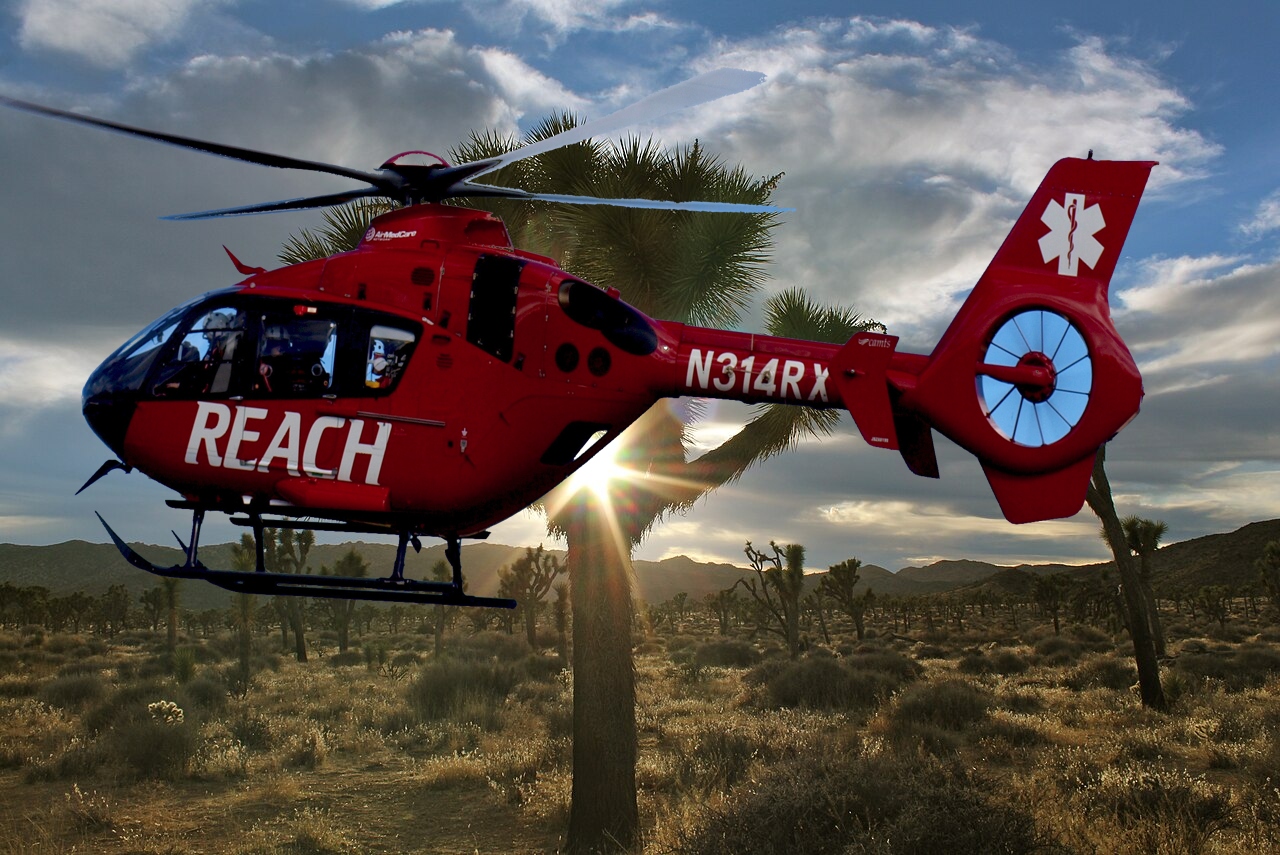Emergency responder pilots are increasingly adapting to challenging conditions due to global warming. Extreme heat, which is becoming more prevalent, significantly impacts rescue helicopter operations. Pilots accustomed to dealing with wind, fog, and fire smoke now face the additional challenge of rising temperatures.
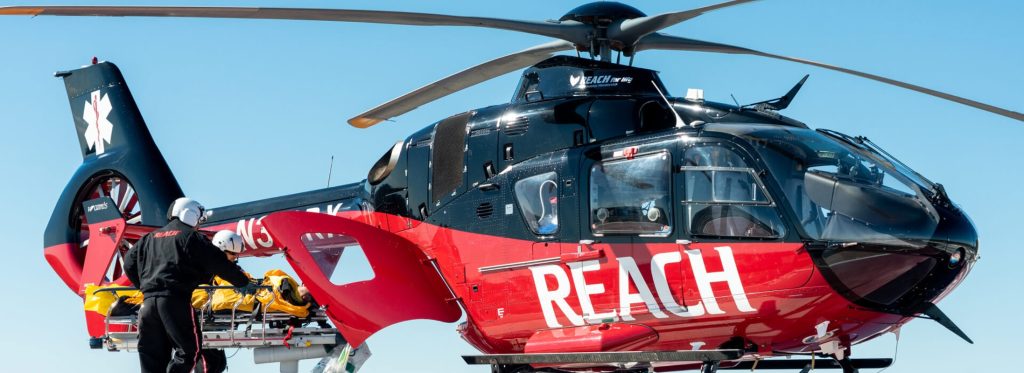
High temperatures are causing operational difficulties across large areas. A major air medical service provider, operating 30 helicopter bases across California, had to decline several rescue calls recently due to excessive heat. This is becoming more common as temperatures continue to rise. In high heat, helicopters often need to reroute to airports rather than land directly at the scene, as landing in confined areas requires more engine power, which is harder to achieve when it’s hot.
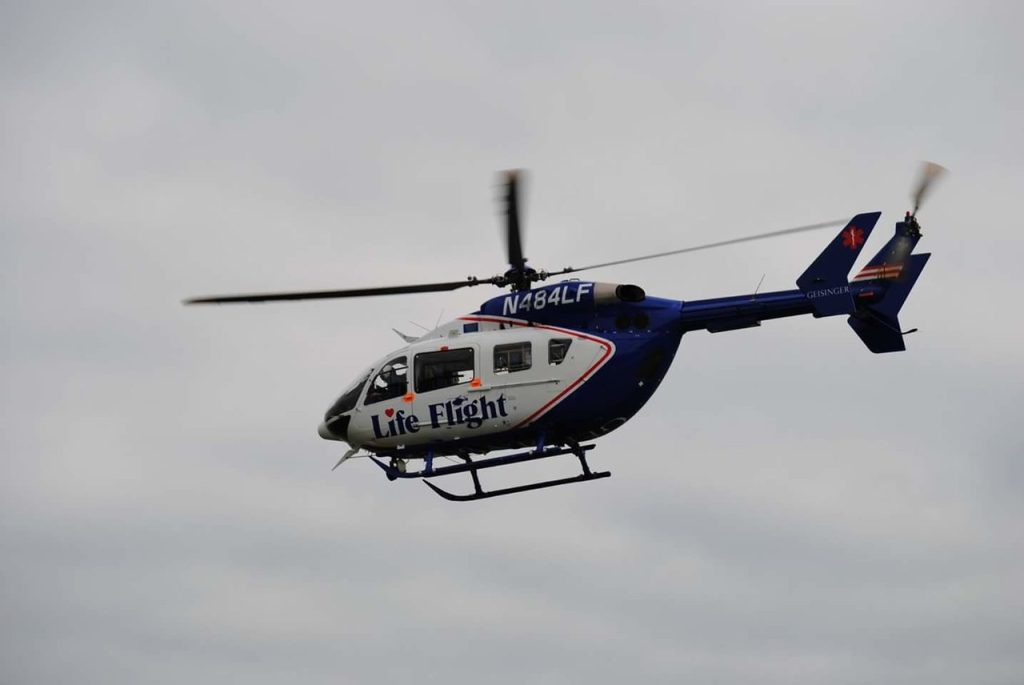
High temperatures pose significant problems in regions like national parks, where helicopters are essential for rescuing stranded hikers. Parks such as Joshua Tree and Death Valley, which experience extremely high temperatures, warn visitors that helicopters might not be able to reach them in the heat. In Death Valley, temperatures have already surpassed 122 degrees this year, grounding medical helicopters and leading to tragic outcomes.
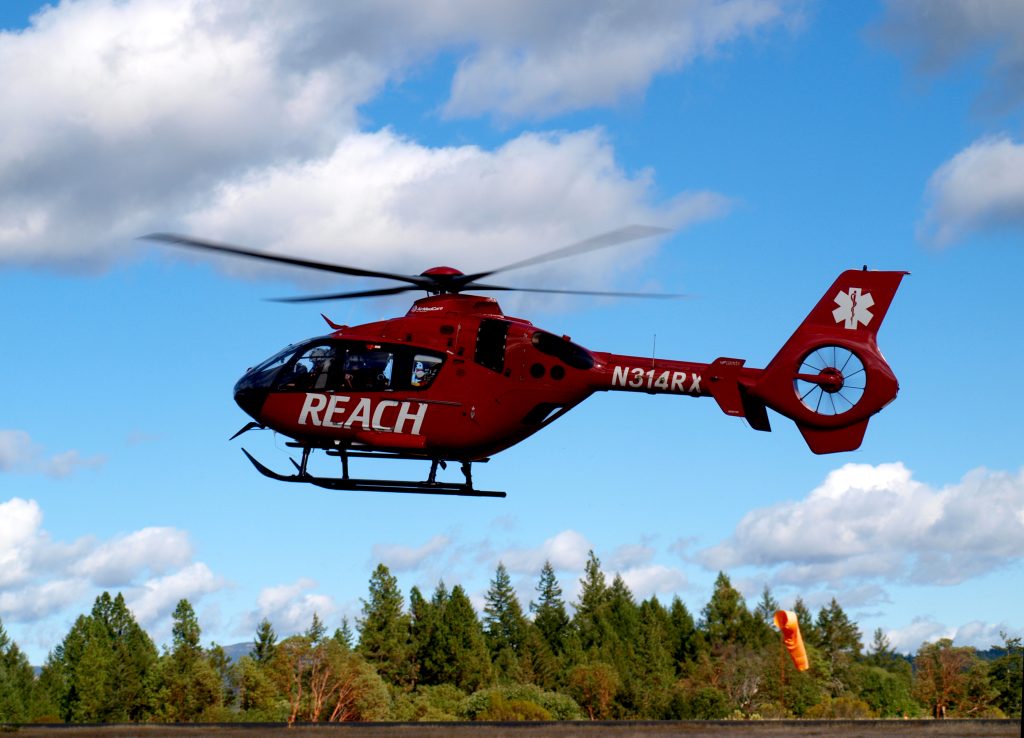
In one incident, emergency helicopters could not respond due to the extreme heat, which reached 128 degrees. This incident resulted in the death of a motorcyclist from heat exposure and severe illness for another. Park rangers noted that during the summer, multiple requests for air ambulances are received each month, but the increasing temperatures make timely assistance more challenging.

Helicopter rescues in national parks like Joshua Tree, where temperatures often exceed 110 degrees, are also becoming more difficult. Intense heat creates significant stress on helicopters, affecting their operations. Pilots must adjust weight, equipment, and route planning to cope with thin air and the risk of system malfunctions, often leading to decisions to decline missions altogether.
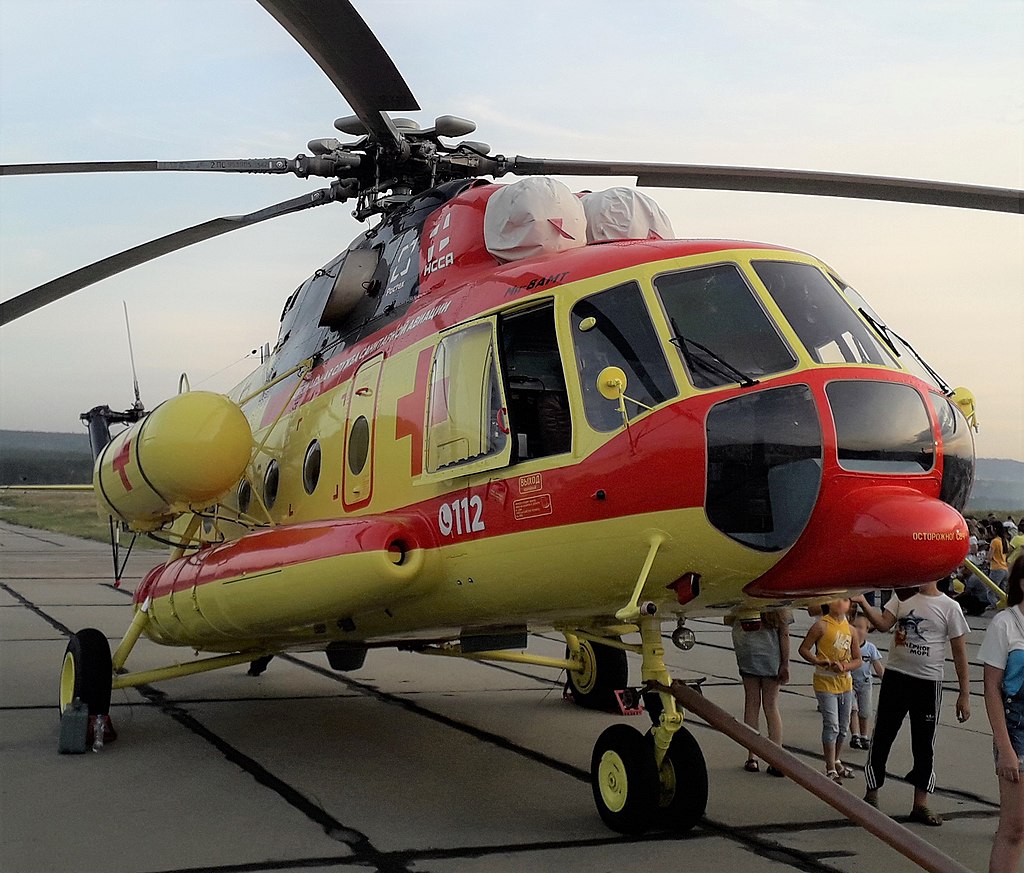
High temperatures can cause engines, radios, and computers to malfunction. On particularly hot days, critical rescue missions may be delayed until temperatures drop to safer levels, as was the case in a recent rescue operation where the patient had to wait for cooler weather before being transported.
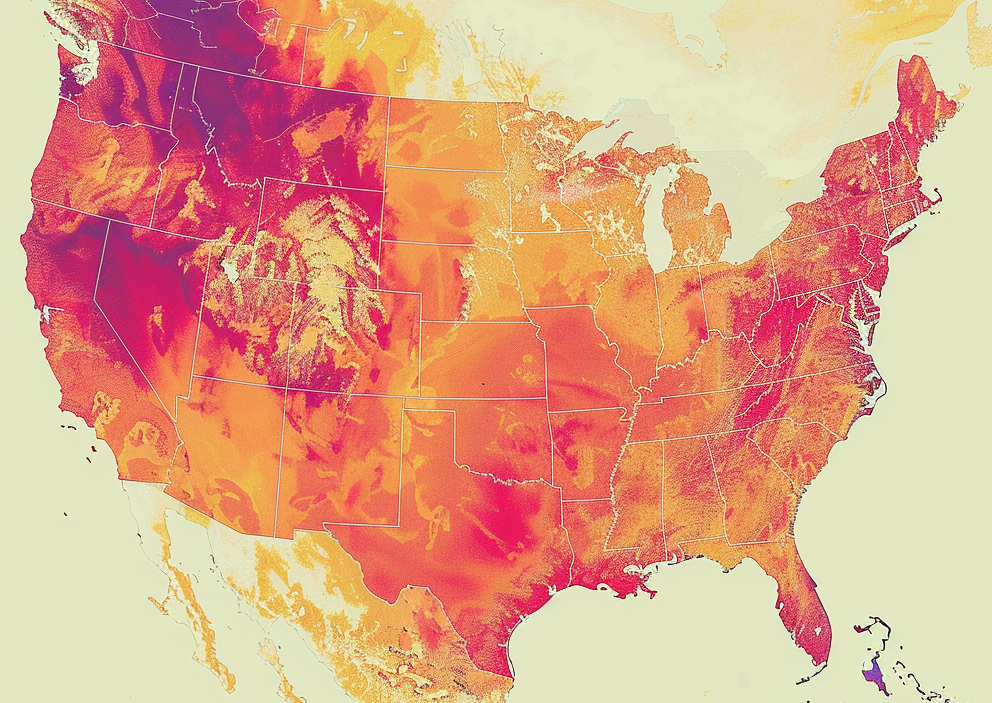
The helicopters used for these missions are designed for a variety of tasks, from transporting newborns to advanced surgeries. However, in extreme heat, their capacity is limited. The team often has to leave behind equipment or personnel to reduce weight, impacting the efficiency and speed of their operations.
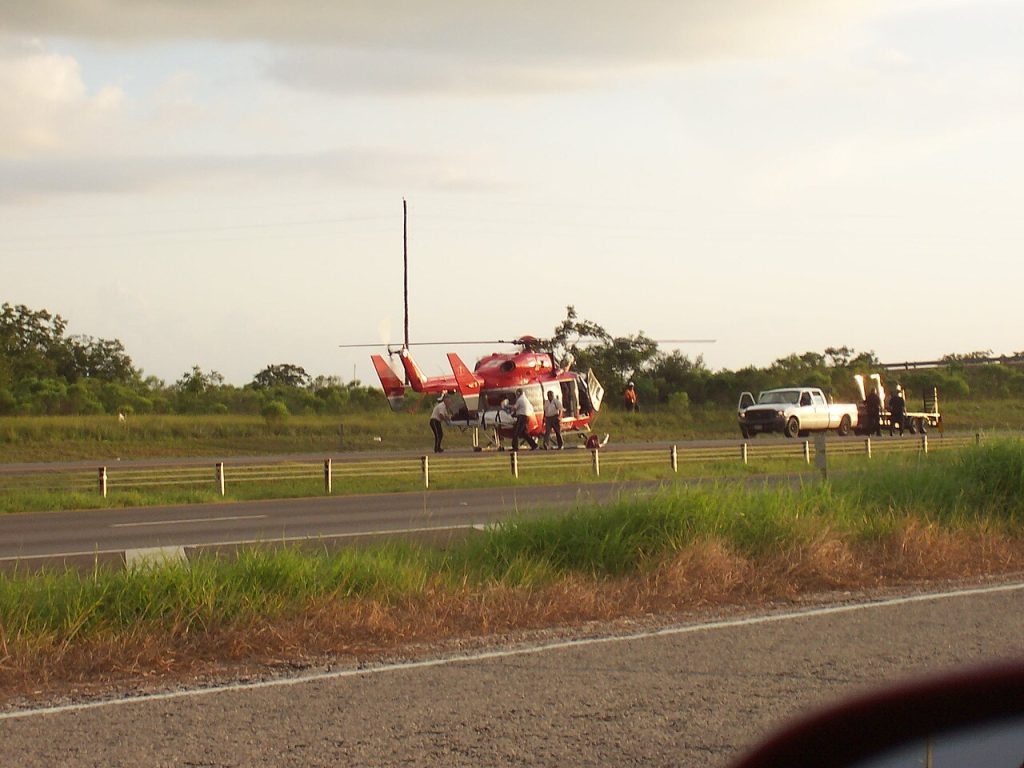
In the control room, decisions about whether to fly are made carefully, considering weather conditions. The staff works around the clock, fielding calls and assessing the feasibility of flights. Pilots must be acutely aware of the risks associated with high temperatures, as they can affect the helicopter’s performance and safety.
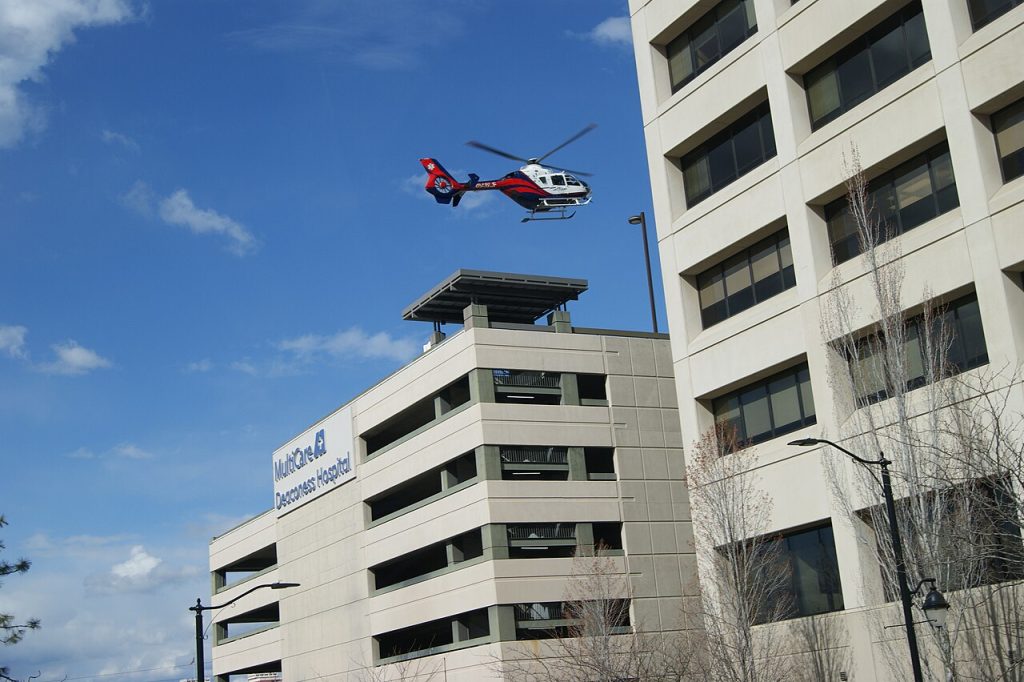
High temperatures thin the air, reducing the lift generated by the helicopter’s blades. This makes it harder for the helicopter to take off, land, and navigate. The thin air also means the engines have to work harder to produce the same amount of power, increasing the risk of overheating and mechanical failures. Additionally, onboard systems, including navigation and communication equipment, are more prone to malfunction in extreme heat, compromising the safety and success of rescue missions.
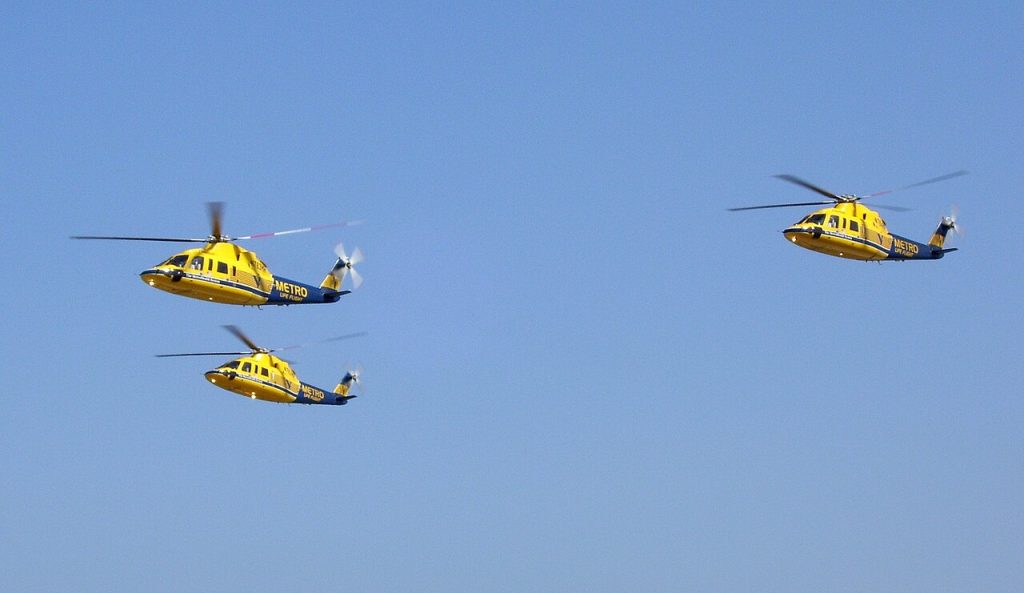
Despite these challenges, the dedication of emergency responder pilots remains steadfast. They continue to navigate these obstacles, finding ways to adapt to the changing climate. Strategies such as ascending to higher altitudes to cool down the helicopter are employed, although this can result in less oxygen for patients.

As global warming continues to impact weather patterns, the frequency and severity of extreme heat events are expected to increase. This will likely lead to more instances where rescue helicopters are grounded, making it harder to provide timely medical assistance in critical situations. Emergency responder pilots are preparing for these scenarios, but the evolving climate poses a significant and ongoing challenge to their operations.
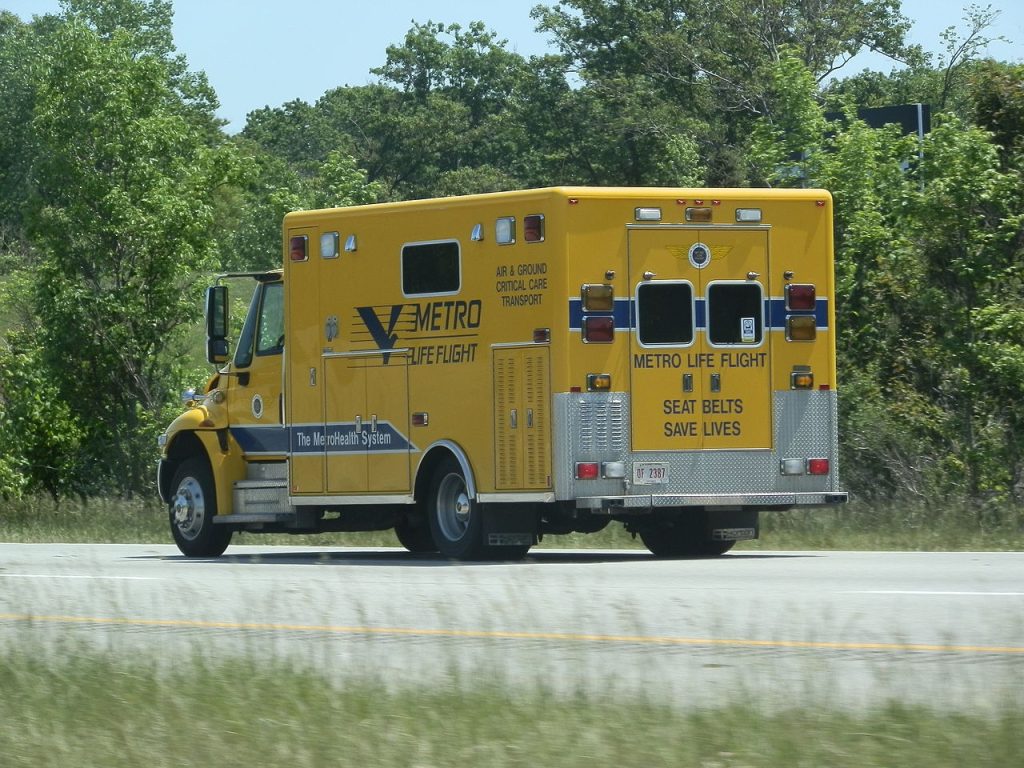
In the face of rising temperatures, the resilience and adaptability of these pilots are crucial. They remain committed to their mission of saving lives, even as they navigate the unprecedented challenges posed by global warming. The future of rescue operations will depend on continued innovation and adaptation to ensure that life-saving missions can be carried out safely and effectively. The decision to send ground rescue is not made lightly, time is always of the essence in rescues.

